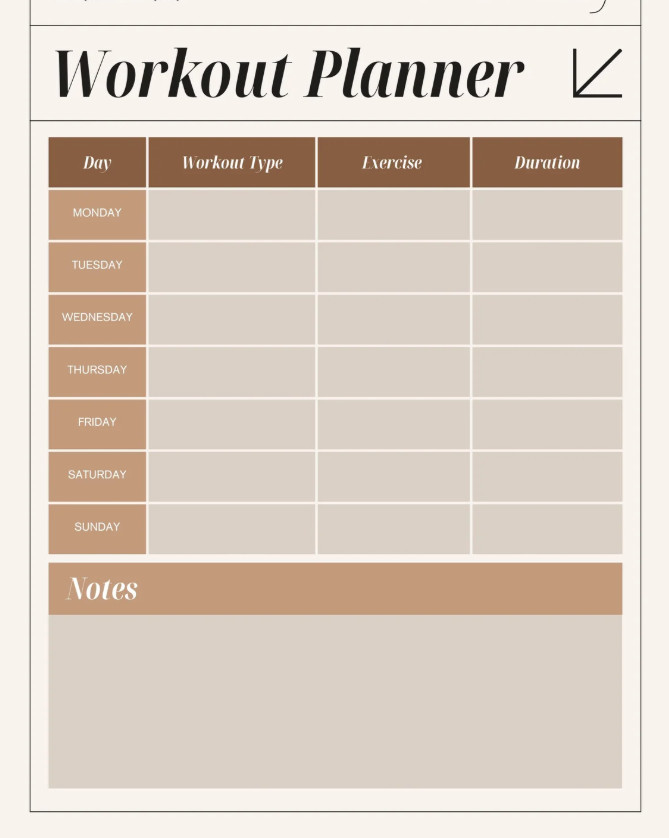
Are you looking to take your fitness journey to the next level? A fitness schedule could be the missing piece to help you structure your workouts, promote consistency, and ultimately achieve your fitness goals.
By providing a roadmap for your exercise routine, a well-organized schedule ensures that you work out regularly, stay motivated, and can track your progress effectively. It also plays a crucial role in preventing overtraining, burnout, and ensuring that you’re getting a balance of different exercise types, rest, and recovery.
What is a Fitness Schedule?
A fitness schedule is a document that outlines your workout plan for a specific period, typically a week or a month. It details the type of exercises you will be doing, the duration of each session, and the days and times you will be working out.
Having a physical copy of your schedule allows you to easily refer to it, make adjustments as needed, and track your progress over time.
Why You Need a Fitness Schedule
There are several reasons why having a fitness schedule is essential for anyone looking to achieve their fitness goals:
- Promotes Consistency: A schedule helps you establish a routine and stick to it, ensuring that you work out regularly.
- Provides Motivation: Seeing your workouts planned out can be motivating and help you stay committed to your goals.
- Tracks Progress: By recording your workouts on your schedule, you can easily see how far you’ve come and make adjustments as needed.
- Prevents Overtraining: A well-structured schedule ensures that you’re not overworking certain muscle groups and allows for adequate rest and recovery time.
- Ensures Balance: By including a variety of exercise types in your schedule, you can ensure that you’re getting a well-rounded fitness routine.
How to Create a Fitness Schedule
Creating a fitness schedule is easier than you might think. Here are some steps to help you get started:
1. Set Your Goals
Before creating your schedule, determine what your fitness goals are. Whether you want to lose weight, build muscle, or improve your overall health, knowing your objectives will guide your workout plan.
2. Choose Your Exercises
Select a mix of cardio, strength training, and flexibility exercises to include in your schedule. Make sure to vary your workouts to prevent boredom and plateauing.
3. Determine Your Workout Frequency
Decide how many days a week you will be working out and how long each session will be. Be realistic about your availability and fitness level.
4. Schedule Rest Days
Don’t forget to include rest days in your schedule to allow your body time to recover and prevent burnout.
5. Track Your Progress
Keep a record of your workouts on your schedule and make notes about how you’re feeling, any modifications you made, and your overall progress.
Examples of Fitness Schedules
Here are a few examples of fitness schedules to give you an idea of what yours could look like:
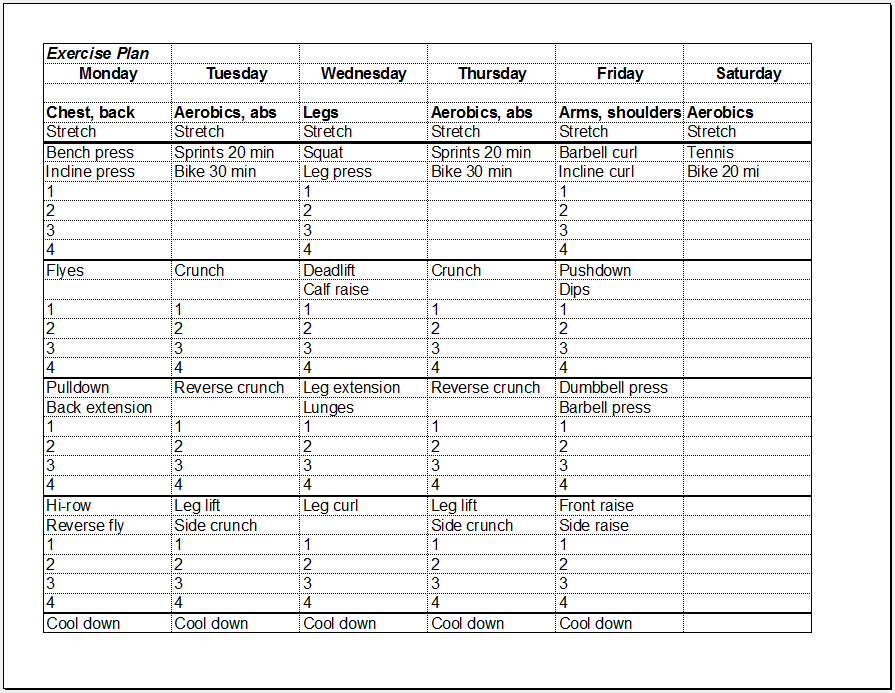
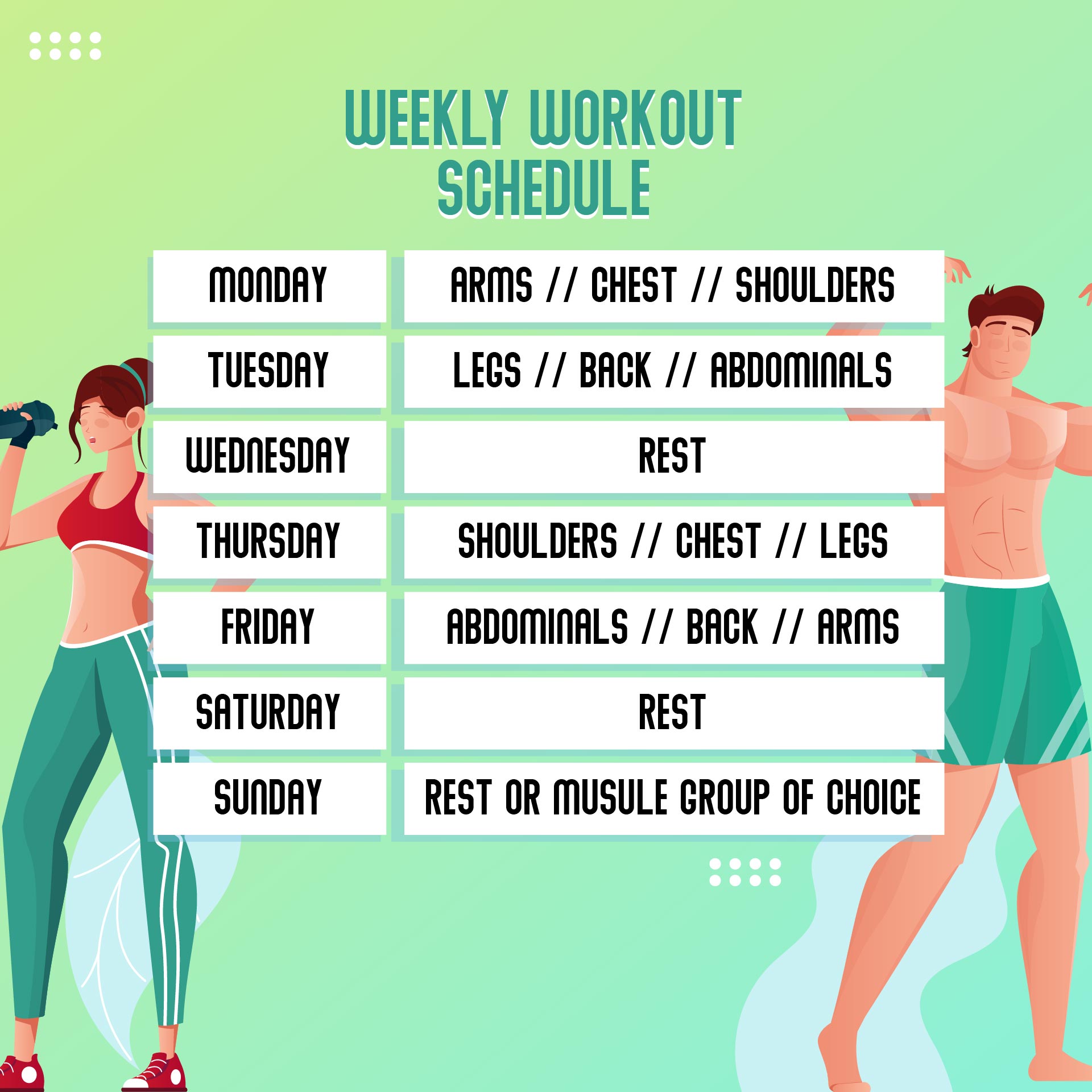
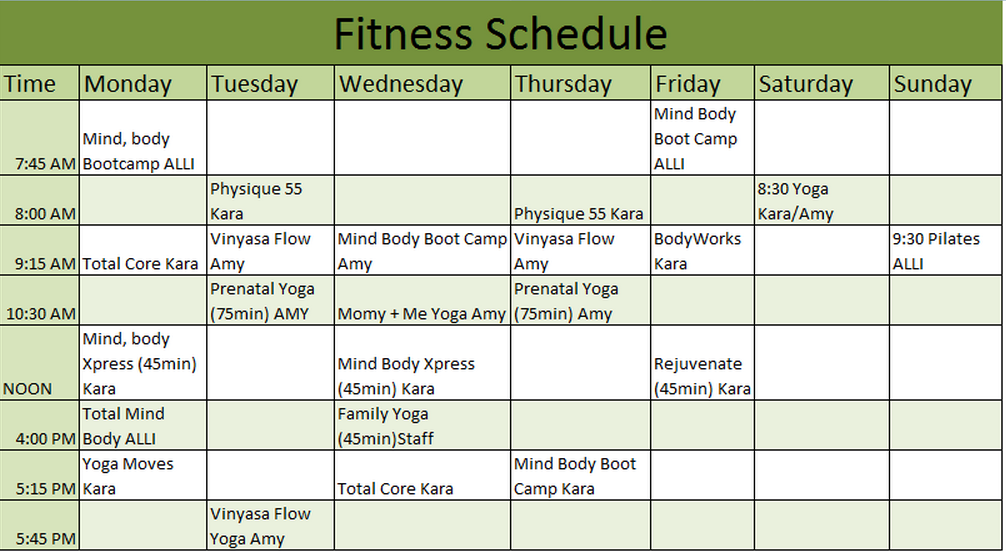
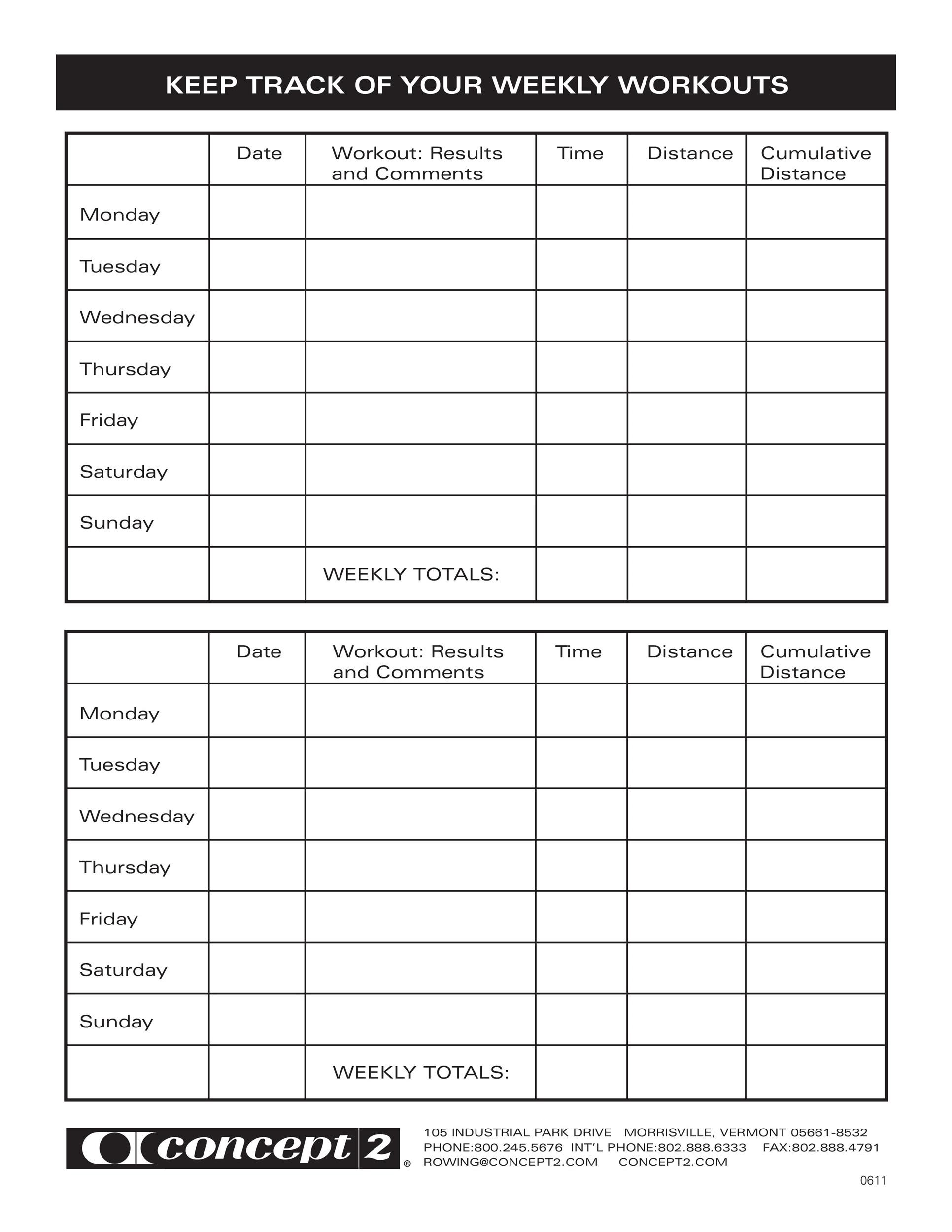
Tips for Successful Fitness Scheduling
Here are some tips to help you make the most of your fitness schedule:
- Be Flexible: Allow for changes in your schedule due to unexpected events or how your body is feeling.
- Listen to Your Body: If you’re feeling tired or sore, don’t be afraid to take a rest day or modify your workout.
- Stay Consistent: Stick to your schedule as much as possible to build a routine and see results.
- Celebrate Your Progress: Take time to acknowledge how far you’ve come and celebrate your achievements along the way.
- Seek Professional Guidance: If you’re unsure about creating a schedule or need help with specific exercises, consider consulting a fitness trainer or coach.
By incorporating a fitness schedule into your routine, you can stay on track with your fitness goals, stay motivated, and see the progress you’ve been working towards. Start creating your schedule today and take your fitness journey to the next level!
Fitness Schedule Template – Download